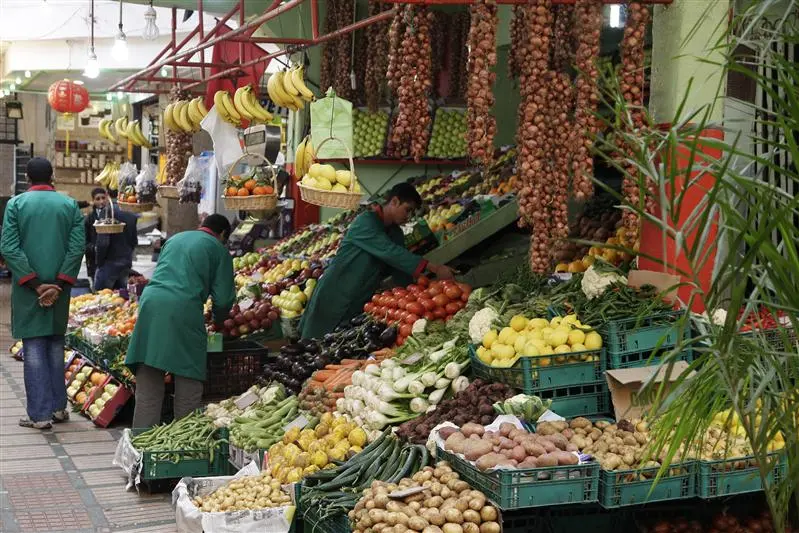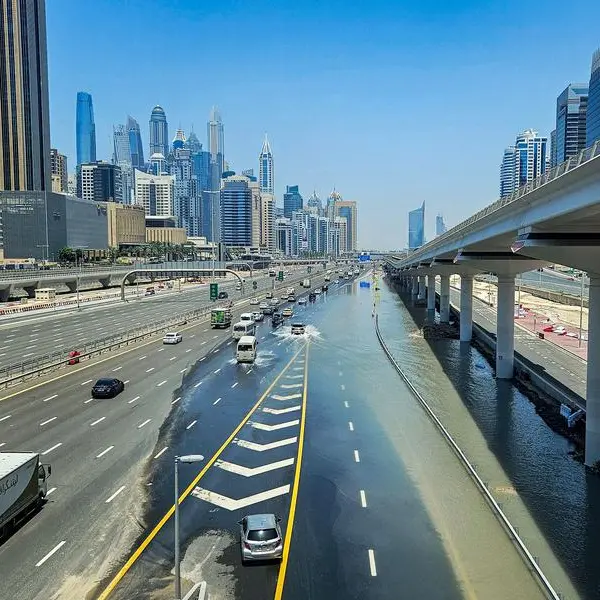PHOTO
Morocco is working to bolster agricultural sustainability by investing in irrigation and diversifying its crop base, following decreased cereal harvests in the 2015/16 season.
Water management
In January King Mohammed VI launched a drip irrigation system across 500 ha of land in the town of Saâda in the Marrakech Prefecture, as well as a 100,000-cu-metre irrigation basin in the town of Tameslouht in the Al Haouz Province.
Both projects form a vital part of a conversion programme currently being undertaken to establish drip irrigation across 4000 ha of agricultural land in the basin of the N’Fiss wadi – a river valley located in the Marrakech-Safi region. Costing Dh278m (€26m), 2300 farmers are expected to benefit from the project, which also aims to increase water savings by 30% per year, boost the average value of farmland from Dh16,000 (€1500) per ha to Dh40,000 (€3750) and create 480 jobs.
The initiative falls under Morocco’s 10-year development plan to tackle water stress: the National Water Saving Plan for Irrigation (Programme National d’Economie et de Valorisation de l’Eau en Irrigation, PNEEI). The PNEEI seeks to equip 550,000 ha with drip irrigation systems by 2020 and save up to 1.4bn cu metres of water annually.
Decreased rainfall lowers output
Providing farmers with more highly developed irrigation systems should help offset losses during volatile weather conditions, such as those seen in the 2015/16 agricultural season, when a severe drought caused a sharp contraction in crop yields.
Total harvest for Morocco’s four main cereals – soft wheat, durum wheat, barley and corn – fell roughly 70% year-on-year in 2015/16 to 33.5m quintals (a unit of weight equal to 100 kg), according to figures from the Ministry of Agriculture and Fisheries (MoAF).
Decreased output dealt a blow to the overall sector, which saw its contribution to GDP contract 9.8% in 2016, according to IMF estimates, following growth of 12.8% the previous year.
This had a negative impact on the overall economy, with GDP growth cooling to 1.1% last year from 4.5% in 2015, as per figures from the High Planning Commission.
Nevertheless, the outlook for agriculture appears more positive this year, with the IMF predicting that the sector’s GDP will bounce back to 10.8% growth.
Broadening the base
As in other countries in the Maghreb region, cereals constitute a key staple in Morocco, with annual per capita consumption at 173 kg in 2014 – higher than the global average of 152 kg.
Cereal grains cover 75% of Moroccan arable land, but are vulnerable to irregular rainfall. Therefore, to improve food security, Morocco has recently made efforts to expand the cultivation of other crop types.
One such move took place in February, when the UN’s Food and Agricultural Organisation (FAO) inked a technical cooperation agreement with the Hassan II Agronomic and Veterinary Institute to promote the production of quinoa – a seed that has a high tolerance to drought.
As part of the project, the FAO will work with Morocco in partnership with Peru – a country with an extensive history of quinoa cultivation – to facilitate knowledge transfer and the exchange of genetic material.
While the desire to “cultivate tens of hectares if not more” of quinoa exists in Morocco, according to the FAO press release accompanying the agreement, quinoa farmers have faced several challenges up until now, including difficulty extracting saponin from the seeds as part of processing the grains for human consumption.
Part of the larger picture
As the overarching framework behind these recent developments, the Green Morocco Plan (Plan Maroc Vert, PMV) has been a state priority since its implementation in 2008.
Through investments amounting to Dh174bn (€16.2bn), the PMV seeks to create 1.15m agricultural jobs and triple the income of 3m rural inhabitants by 2020.
The fruits of the PMV are already evident. Aziz Abdelali, general director of the National Office of Cereals and Legumes, told OBG last year that the decline in output from the most recent drought would have been more pronounced if not for the initiatives of the PMV. Local farmers also harvested twice the amount of cereal in 2015/16 compared to the 1994/95 season, when Morocco last experienced a drought of such severity.
In addition to somewhat shielding the agricultural sector from adverse weather conditions, the PMV has also been instrumental in attracting public and private investment. Between 2008 and 2015, capital inflows into the agricultural sector increased by 1.9%, amounting to Dh1.9bn (€177.9m), according to data from the MoAF.
© Oxford Business Group 2017












